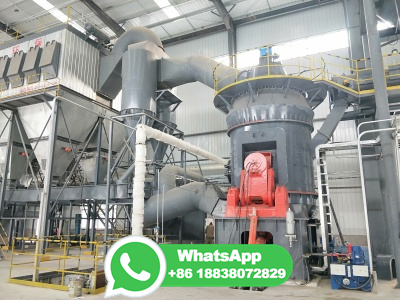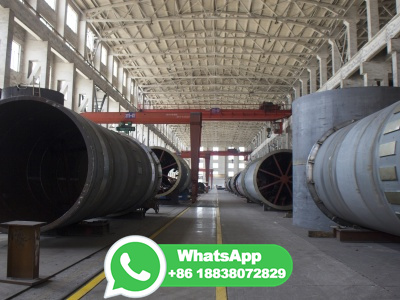Coal Formation and Metamorphism | SpringerLink
WEBAug 18, 2021 · Diagenesis of Coal. The process that makes peat or sapropelite turned into lignite or saprodite is called the diagenesis of coal. Diagenesis occurs at the initial stage of coalifiion. When the peat or sapropelite is covered by the upper deposits and buried into the ground due to the basin subsidence, the effects of compression ...

























